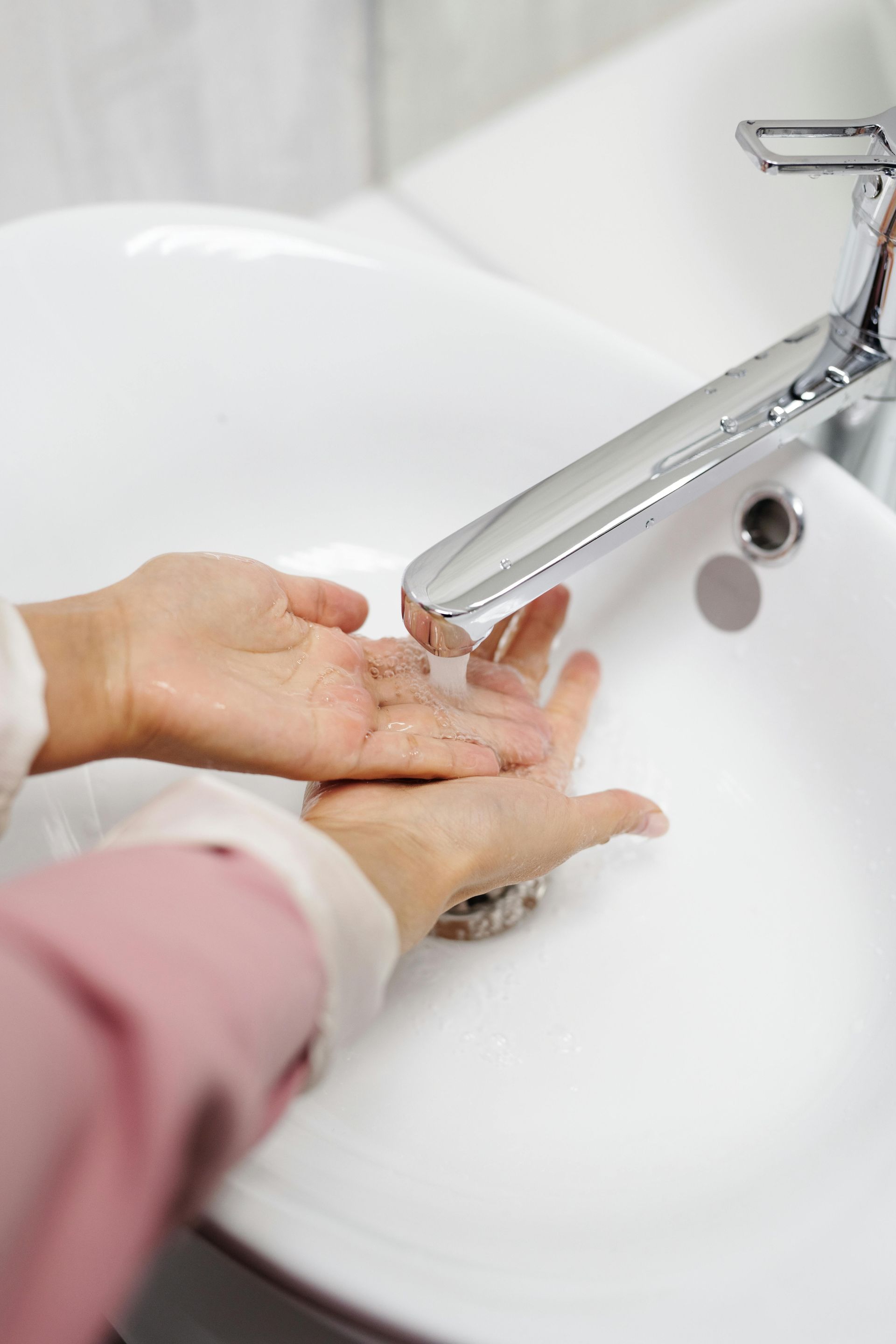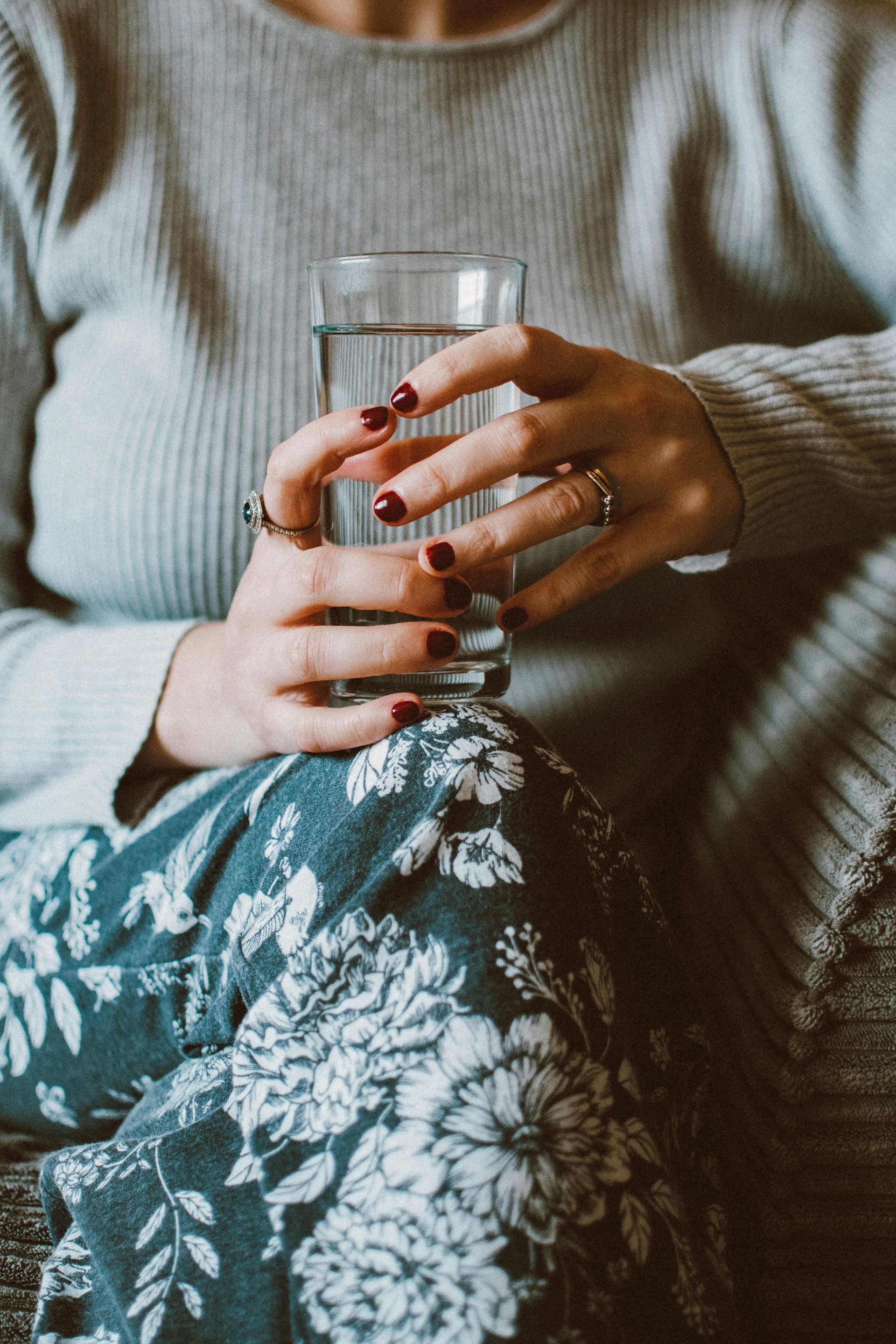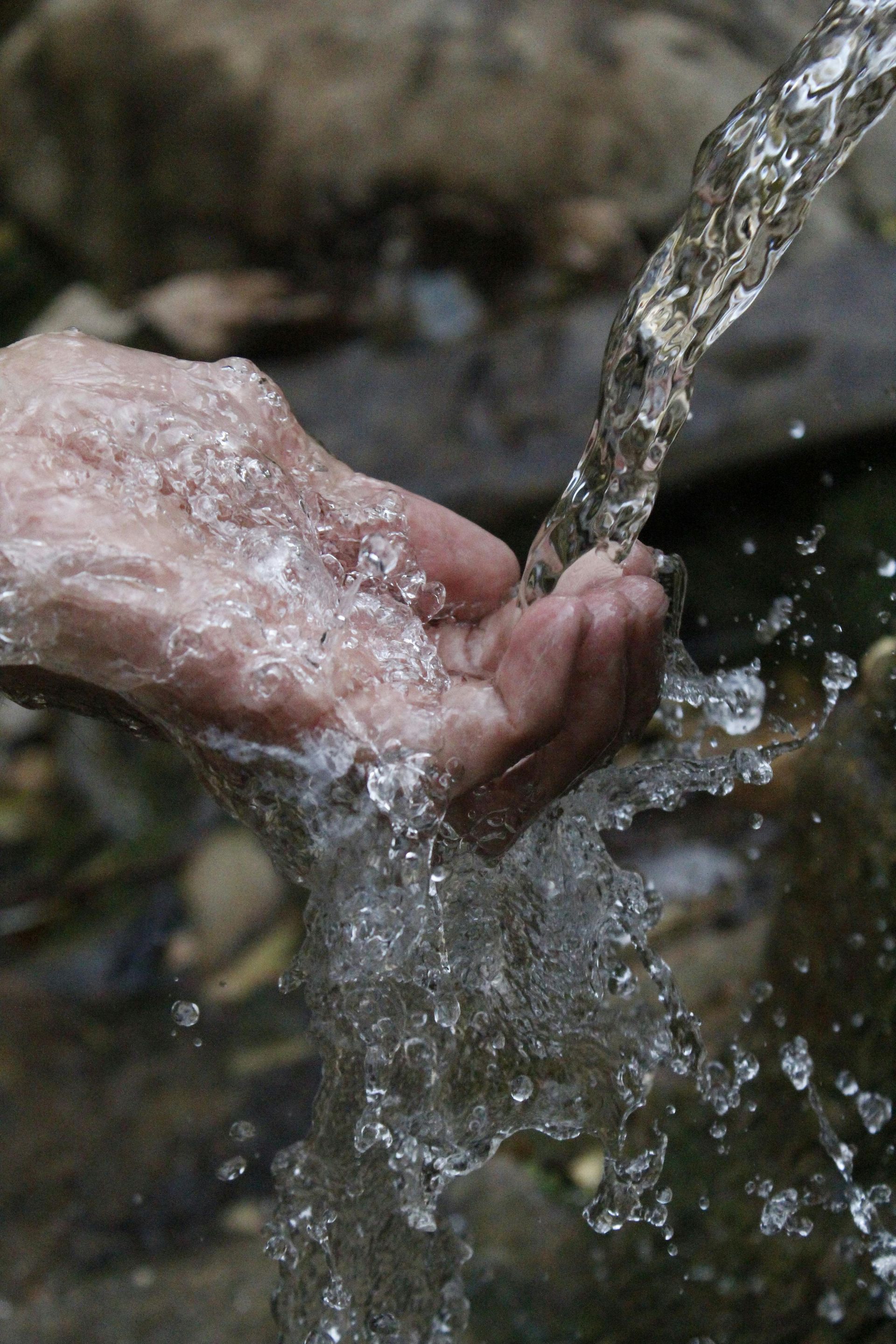Tackling Microplastics in Drinking Water Strategies and Water Filtration Solutions
Removing Microplastics Advanced Water Filtration
The pervasive issue of microplastics in drinking water has gained significant attention in recent years. These tiny plastic particles, often measuring less than 5mm in size, have infiltrated our water sources, raising concerns about their potential health risks and environmental impact. Current microplastic levels are unlikely to cause any damage to healthy humans but there is still a concern, especially as the modern reliance on plastics isn’t going anywhere.
In this article, we will delve into the world of microplastics in
drinking water, exploring their sources, potential risks, and most importantly, strategies to deal with them, with a focus on effective water filtration methods.
The Sources of Microplastics
Microplastics can originate from various sources, making their way into our water supply through multiple pathways:
Plastic Pollution: One of the primary sources is plastic pollution in our environment. As larger plastic items break down over time due to exposure to sunlight and weathering, they fragment into microplastics.- Synthetic Fibre Shedding: Clothing made from synthetic fibres like polyester and nylon can release microplastic particles when laundered. These particles then enter wastewater systems and eventually find their way into rivers and oceans.
- Microbeads: Tiny plastic microbeads used in personal care products such as exfoliating scrubs and toothpaste can wash down the drain, adding to the microplastic load in water bodies.
- Industrial Processes: Industrial activities can release microplastics through processes like abrasion, cutting, and grinding of plastic materials.
Potential Health Risks
While the full extent of health risks associated with consuming microplastics in drinking water is still being studied, there is growing concern about their potential impacts. Some studies suggest that microplastics may carry harmful chemicals, and there is a possibility of these particles being absorbed by the human body, potentially leading to health issues. As a precautionary measure, addressing microplastics in drinking water is imperative.
Strategies to Deal with Microplastics
Improved Waste Management: Proper waste management and recycling practices are essential to reduce the release of macroplastics into the environment, which ultimately break down into microplastics. Governments and industries must work together to minimise plastic waste.
Reducing Synthetic Fibre Usage: Consumers can contribute by choosing clothing made from natural fibres like cotton and reducing the purchase of synthetic garments. Additionally, using microfiber-catching laundry bags or filters can reduce synthetic fibre shedding during washing.
Banning Microbeads: Many countries have already banned or restricted the use of microbeads in personal care products, which is a step in the right direction.
Water Filtration Solutions
Water filtration is a crucial step in addressing microplastics in drinking water. Here are some effective filtration methods:
Activated Carbon Filters: These filters can trap microplastics through absorption. They are commonly found in household water pitchers and under-sink filtration systems.- Reverse Osmosis (RO): RO systems use a semi-permeable membrane to remove a wide range of contaminants, including microplastics, by forcing water through the membrane under pressure.
- Ultrafiltration (UF): UF is a membrane-based filtration process that can effectively remove microplastics and other particulate matter from water.
- Nanotechnology Filters: Emerging nanotechnology-based filters show promise in capturing even smaller particles, including nanoparticles.
- Multi-Stage Filtration: Combining different filtration methods, such as activated carbon, sediment filters, and RO, in a multi-stage system can provide comprehensive microplastic removal.
Microplastics in drinking water are a pressing concern that demands attention and action from individuals, industries, and governments alike. By addressing the sources of microplastics, implementing effective waste management practices, and investing in
advanced water filtration technologies, we can work towards minimising the presence of these harmful particles in our drinking water.
As consumers, we can also contribute by making eco-conscious choices in our daily lives, from the products we use to our approach to plastic waste management. Ultimately, a collective effort is needed to ensure the purity and safety of our drinking water for generations to come.











